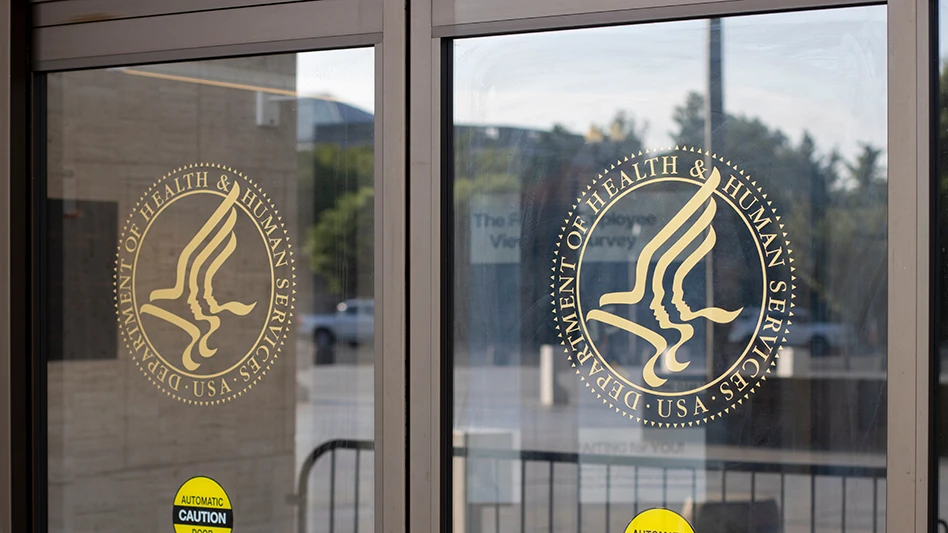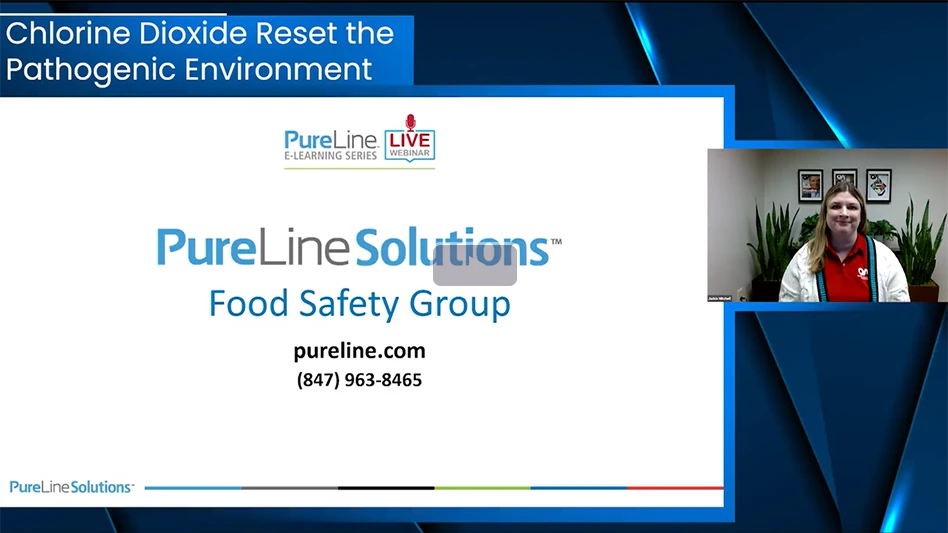
It all started back in 1959 when NASA was preparing for its first human space flights. Although Alan Shepard’s 1961 suborbital flight on the Freedom 7 Mercury-Redstone rocket was only 15 minutes in length, it set precedent for the much longer space flights that were to follow – for which the astronauts would need food. Not just any food – they needed prepackaged food that would not crumble and float around the space capsule or into instrument panels, and food that could be guaranteed safe and uncontaminated. It was this assurance of food safety that was the real problem because there was no single food safety or quality control standard in the food industry at that time – Good Manufacturing Practices (GMPs) weren’t even formalized until 1962.
With NASA having already called on the Pillsbury Company for development of a non-crumbling food, it asked the company if it also could provide food that was absolutely free of any disease-producing bacteria and toxins.
To address this, Pillsbury developed the HACCP (Hazard Analysis and Critical Control Point) program. Its purpose of preventing food safety problems before they could happen rather than detecting issues after occurrence was exactly what the space program needed and has been the foundation of its program since … and became the foundation of the earthbound food industry’s quality control and food safety programs in the 1970s.
It was in the ’70s that the Food and Drug Administration (FDA) developed low-acid food canning regulations based on HACCP. In 1995, the agency required that all fish and seafood be produced under HACCP principles, extending the requirement to juice processing and packaging in 2001, and later implementing pilot HACCP programs for other foods. The United States Department of Agriculture (USDA) also came onboard, requiring meat and poultry processors to implement HACCP in 1998; and in 2001, the milk industry implemented a voluntary HACCP program for Grade A milk/milk products. From that beginning, HACCP eventually became a standard of the U.S. food industry and is internationally recognized for its ability to identify and control food safety hazards.
An effective HACCP program is built upon a foundation of prerequisites and principles. To implement a program, the facility must first define how many HACCP plans are needed, based on the products produced and production processes to be used. Products with similar hazards and process flows may be able to be combined in a single HACCP plan, but different types of products or production lines may require different HACCP plans.
The next stage is to apply the five preliminary steps for each HACCP plan you need:
1. Assemble the HACCP team.
2. Describe the food and its distribution.
3. Describe the intended use and consumers of the food.
4. Develop a flow diagram which describes the process.
5. Verify the flow diagram.
Then apply HACCP’s seven principles:
2. Determine critical control points (CCPs).
3. Establish critical limits.
4. Establish monitoring procedures.
5. Establish corrective actions.
6. Establish verification procedures.
7. Establish record-keeping and documentation procedures.
The hazard analysis process identifies physical, biological and chemical hazards associated with the process; then critical control points are identified to focus on those process steps most important to food safety. Once the CCPs are identified, HACCP becomes a process control system with critical limits identified and procedures established for monitoring, corrective action, verification and record keeping procedures.
An additional benefit of HACCP is that it helps companies improve not only the safety but also the quality of their products.
Latest from Quality Assurance & Food Safety
- Kim Heiman Elected to Second Term as President of Wisconsin Cheese Makers Association
- FAO Launches $150 Million Plan to Restore Ukrainian Agricultural Production
- Pet Food Company Implements Weavix Radio System for Manufacturing Communication
- Penn State Offers Short Course on Food Safety and Sanitation for Manufacturers
- USDA Announces New Presidential Appointments
- FDA to Phase Out Petroleum-Based Synthetic Dyes in Food
- IFT DC Section to Host Food Policy Event Featuring FDA, USDA Leaders
- CSQ Invites Public Comments on Improved Cannabis Safety, Quality Standards





